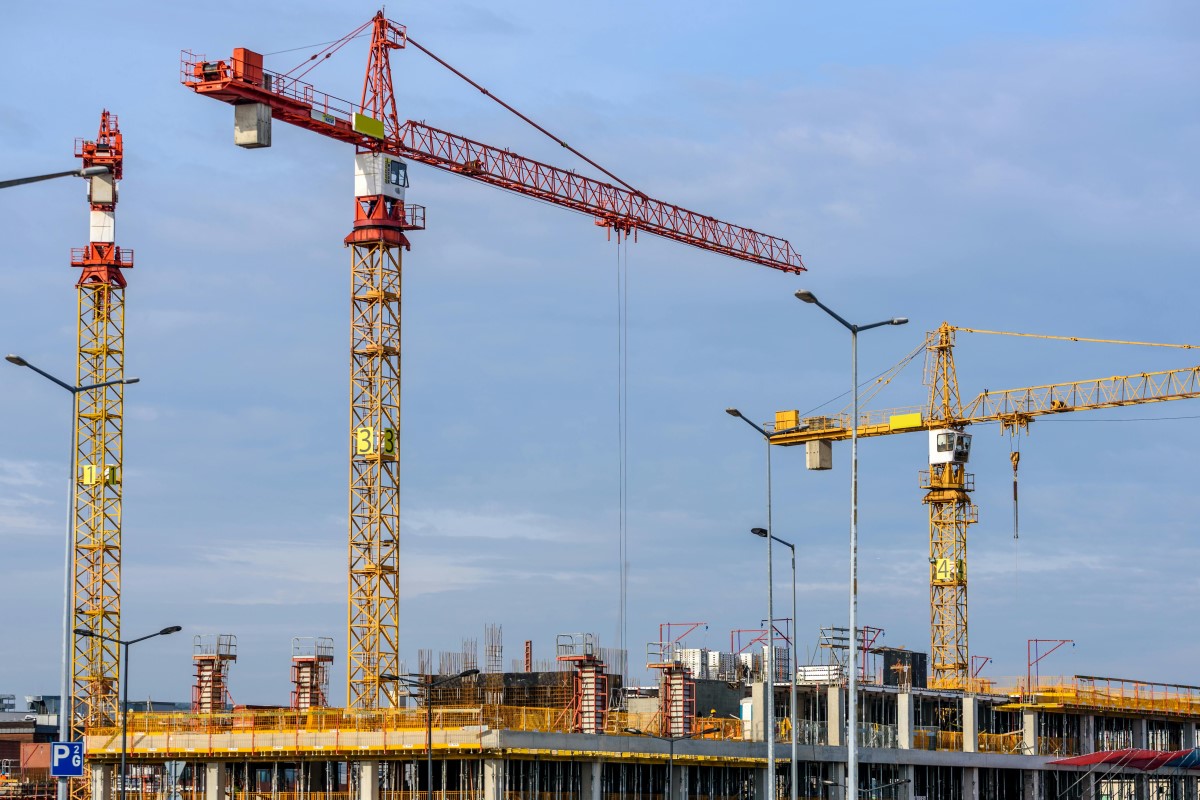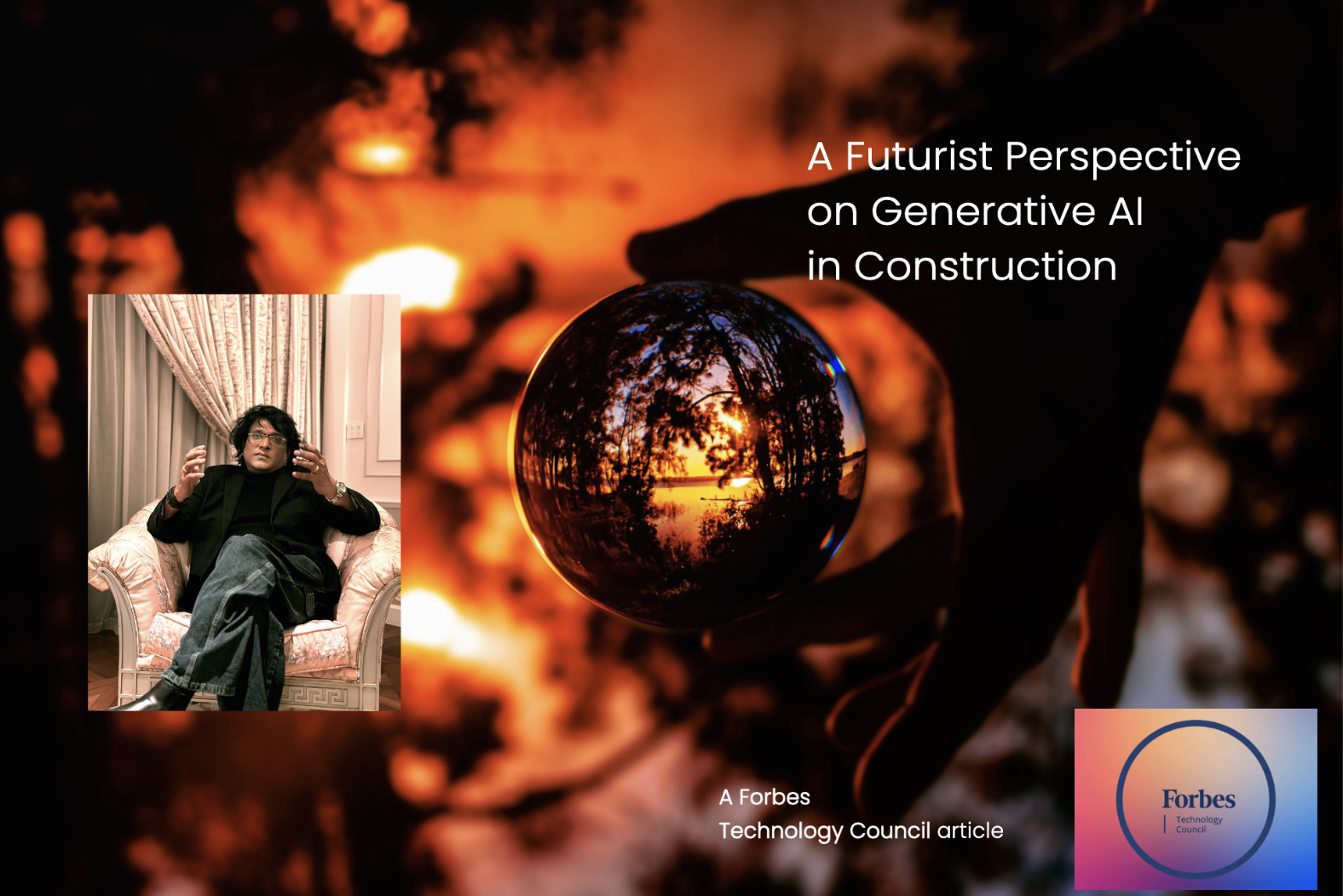Building Processes Hold the Key to the Future of Construction

What do chocolate mudcake recipes, industrialized construction (IC), Design for Manufacture and Assembly (DFMA) and artificial intelligence (AI) have in common? They hold the key to productization of construction.
These elements will help facilitate a movement away from the current snowflake and project-based mentality to a more product-centric approach. Although in theory we should embrace a more product-based approach, at the same time we should not be under any illusion that every construction project is, and will always need to be, unique. One of the major reasons for this is regardless of the level of standardization in design and subcomponents, the build (or assembly) will still need to be executed onsite in unique circumstances, with new challenges, new conditions, environment, and a myriad of factors that will have an impact on the outcome.
Projects and/or products are only as good as their delivery and how humans deal with the countless decisions required throughout the process. The entire process, the people, and the decisions themselves are the product - it is the Building Process as a Product and AI technology)that is integral to facilitating these industry advancements.
Modular Makes a Comeback
The major shift around this topic really began when McKinsey recently pointed out the need for productization in this report about modular construction. Modular has been around for some time, but because of technological advances, changing economics and new interest in the process, it is now becoming a hot buzzword in the industry with the adoption of Modern Methods of Construction (MMC) increasing year on year. Though the report points to how MMC or IC is a way to save on both costs and the labor issues plaguing construction, it might not unto itself become the silver bullet proponents hope it will be. Moreover, an attempt at complete standardization may be having an adverse effect instead..
This notion of productization has inevitably pushed us in the direction of attempting to over-standardize modular designs in order to achieve economies of scale. Rather than taking the approach to rethink the notion of a brick (which we have embraced as a standardized size and building component for centuries) and replace it with more complete and standardized assemblies using IC and manufacturing methodologies, we have instead pushed it to the extreme of overall standardization in buildings. The individualization of each building and ensuring that the built environment is site and context specific, however, is still essential to creating spaces that will stand the test of time, function efficiently and be enjoyable for the occupant.
This does force the industry to take a look at how we achieve both, emphasizing the need to embrace the full delivery and process and in turn adopt DFMA, design automation and better delivery systems. From a design automation perspective, the industry has made huge strides globally, arguably led by the likes of my former company Splash Modular, startups like Kope and even multinational construction firms like Lendlease with its digital arm and software Podium. All of these focus on the large value that can be created through automating the design process with computational design and scripting.
Leading to an ability to change input parameters is dependent on key things like: site constraints and automating the full design to a high level of detail within seconds, sometimes including construction drawings, manufacturing specific outputs and even bill of materials, et cetera. Ironically, this is something we lodged as a patent at Splash Modular with the name Customizable Digital Product (CDP), a productized design process that allowed for customization, but still moved the needle with construction productization.
There is one major factor that comes into play here. How do you recreate a repeatable framework for the “A'' in DFMA? We spend so much time focused on these products and how they are manufactured that we often neglect the A (assembly) and, mainly, the onsite delivery. How do these products come together? Are they adaptable? Lastly, how do we start to ensure that these products are delivered consistently? To paraphrase an analogy so often used by Gerry “Mr Offsite” McCaughey, what if your new BMW showed up onsite in parts? Regardless of how well these parts are designed and manufactured, there is still a major need for these parts to come together seamlessly.
Mudcake Anyone?
It is far greater than the tectonics and designing how these parts come together at this point, as it t becomes about the individuals, the weather, and the situational context. There are many contributing factors that can still influence the outcome, which is what leads to the need for a greater focus on the delivery of projects and the fact that the real product is the process. Overall, the most valuable part is the ability to consistently deliver the project; the building process and not the building itself as the product.
An apt example is a chocolate mudcake recipe passed down from my great-grandma. Framed within my sweet tooth mind, this cake is one of the greatest productized processes known to man, or, at least, my family. There is a little piece of crumpled paper that now resides in my mum’s kitchen that has been developed over generations, with adaptations that have been documented. Fast forward to today and this crumpled paper has had its picture taken and resides on my phone, my siblings’ phones, my cousins’ phones, my cousins' partners' phones and so on. The point is that this mudcake recipe now transcends my immediate bloodline. It is a list of parts and a set of instructions, just as that BMW might be on my driveway. But why can’t I ever make it as good as mum? Or for the same reason, why wouldn’t I trust myself to put together a $100,000 BMW? It all comes down to the execution; no matter how good the recipe or ingredients are, it still requires the individual baking the cake to execute, (beating the eggs, mixing the ingredients, melting the butter, etc.), which are all things that could dramatically affect the outcome.
So what do BMWs, chocolate mudcakes, recipes and beating eggs have to do with AI and productized construction? If it’s not already apparently clear, they highlight the fact that no matter if we adopt manufactured components and products, we still need a way to deliver the project and that is where the real product lies.
AI Becomes the Missing Puzzle Piece
But what about AI? We have seen some great products evolve utilizing AI in the form of multi-criteria and situational data to help provide better outcomes. One of the most famous examples of this is the Waze app. It doesn’t just make users aware that there is a crash ahead, but it actually identifies the crash and lets users know that there is roadwork ahead on an alternate route and makes suggestions for other choices in real-time. It is this level of AI that could dramatically change the way in which we build and productize the construction process.
A good example of multi-criteria AI applied to modular construction is the process of setting boxes, which is the process of setting boxes just like a mudcake is a mudcake. What exactly makes someone’s mudcake or box setting better than someone else's? It’s the knowledge and IP built over time, the shot of espresso added to the mudcake or the system of staging the boxes on the truck offsite. This is truly what the product is, the knowledge and the process. This is the multi-generational recipe.
Just as with the cake, though, box setting will have many situational and contextual decisions that the individuals executing will need to make. They need to consider the impact of a coming storm, the traffic to the site, the adjustment of sequencing, as all these influencing data factors will dramatically affect the outcome and the decisions made by an individual based on their unique knowledge and skill set. But what if the construction industry had a Waze-style app? The ability to look at the data holistically to assess this and provide opportunities that can have a positive outcome?
Be Like Waze
This is where AI will change the ability to both develop and deliver productized construction processes. The decision, made by one project manager on a box set, can be stored back in the recipe intelligence, where it can be delivered to another project manager within the same organization (along with a myriad of other data relevant to the context and situation). AI can provide a system to drive organizational intelligence like the mudcake recipe, but also provide the ability to have this knowledge transcend the individual through digital assistants like the Waze app delivering the right data to the right people and at the right time. Over time, the productized process continues to develop and evolve into a dynamic and intelligent product, one where customization and uniqueness are embraced and not swept under the carpet.
Source: ForConstructionPros.com


